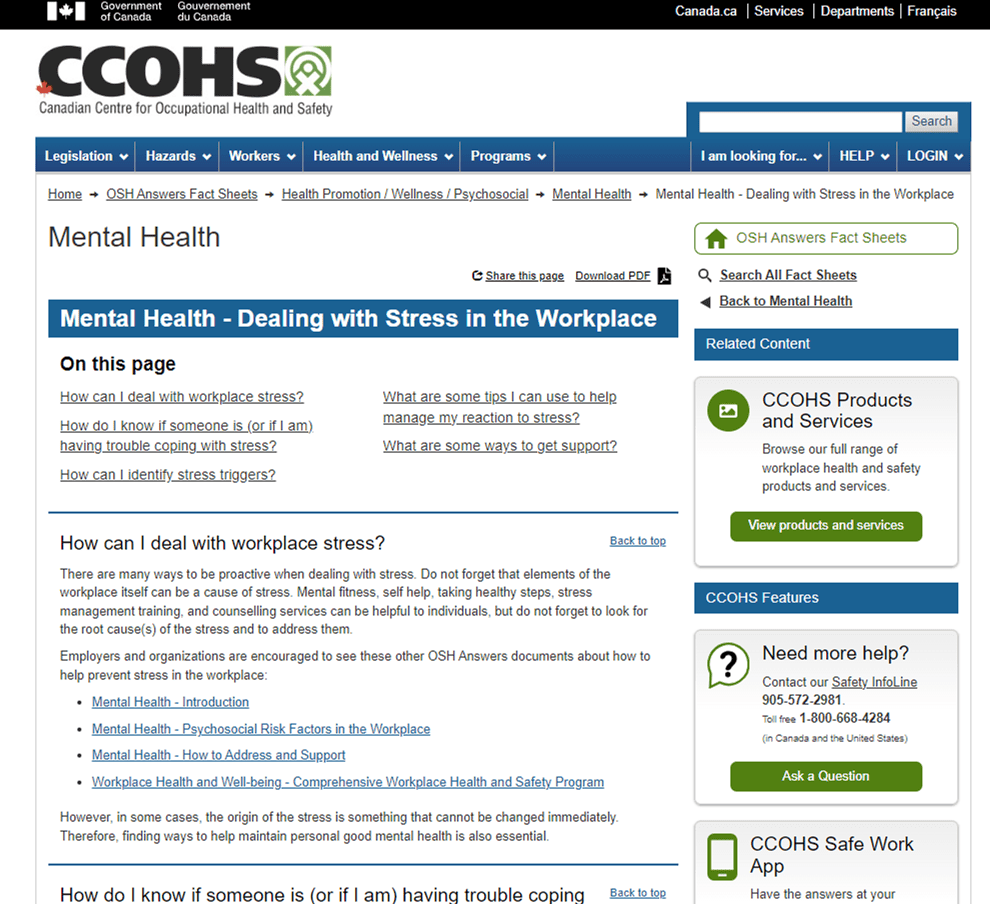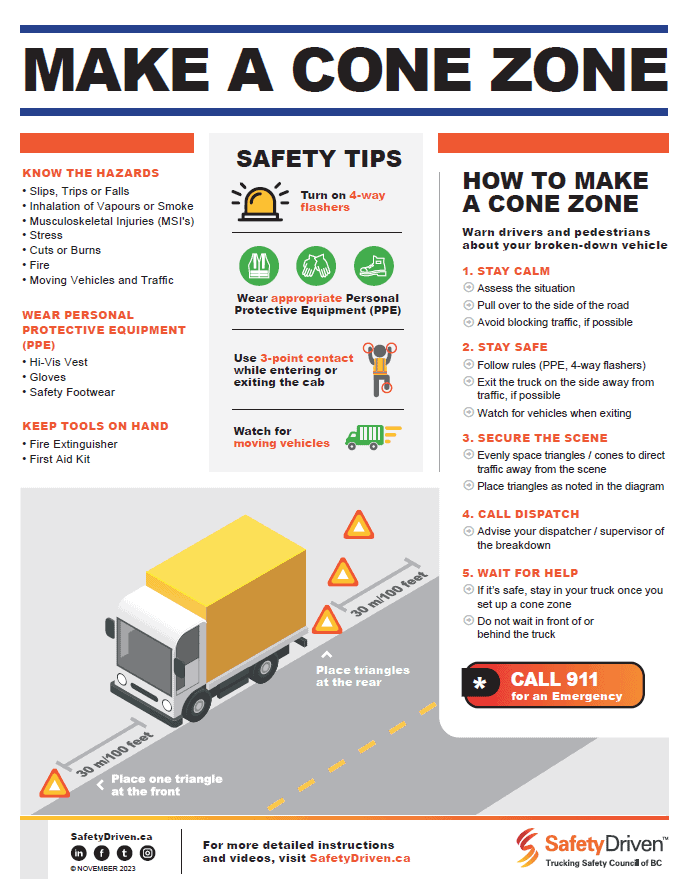
Removing the Temptation of Distracted Driving
It’s a commonly known fact that distracted driving vehicle crashes are passing alcohol related vehicle crashes as a cause of vehicle injuries and death.
For many people, cell phone use is a major contributor to this data. But there’s more than just holding the cell phone to make a call or to text that contributes to being distracted while driving. You don’t always have to be looking down to be distracted while driving. You could have inattentive blindness.
Inattentive blindness is a sensation which causes people to miss things that are directly in front of their eyes. Once your mind is focused on anything other than driving, you’re at risk. Oh, and you’re putting other road users at risk too. Inattentive blindness shows the driver may be looking ahead out the windshield, but their mind is elsewhere. They may be listening to the news on the radio, having a conversation on their phone using the Bluetooth device or just deep in thought. Any of these events can cause the driver to be lost in their thoughts. Although there are laws which help keep drivers in line to avoid distracted driving from electronic devices, other distractions can be just as dangerous.
Since vision is one of the greatest tools a driver needs in order to keep the vehicle under control, the mind must also be locked into the task. We’ve all done this at some time in our life; daydreaming. There are signs drivers can recognize if they become less focused on the driving task. These would include reaching a destination in which you were unaware of how you got there. Once they’ve realized the signs, they need to take steps to reduce the risks and get their mind back into task of driving.
Inattentive blindness essentially means the driver is looking but not seeing. Processing what you see is a huge part of driving. This inattentive blindness could last up to 10 to 15 seconds after hanging up your call or just refocusing on the driving task after losing focus because of previous thoughts. Imagine driving for 10 to 15 seconds essentially blind? Oh sure, drivers may follow the curve of the road out of habit but will not notice traffic lights changing or vehicles coming to a stop ahead of them. Now that the problem has been identified, what are the solutions?
Although it may not be possible to avoid inattentive blindness entirely, it’s important for drivers to realize inattentive blindness is very common. This is more prevalent when you’re emotionally connected to an event or a person that you can’t seem to get out of your mind. For the most part, your brain is smart enough to help you identify the visual clues that it believes are distracting you from the driving task.
Before heading out in your vehicle, take a deep breath and clear your thoughts from things you can’t control while you’re driving. Events at work or home can only be taken care of while at work or home. Even if your work is driving, driving is the most important task at hand. Stress in our every day life can only be dealt with when your mind is fully on those tasks. If you’ve ever turned the radio volume lower while you’re looking for address, you’re doing the right thing to remove inattentive blindness from your driving task.
More resources available on our Distracted Driving page or visit ICBC.
Stay up to date and sign up for one of our newsletters!
Latest Resources
Mental Health – Dealing with Stress in the Workplace
Canadian Centre for Occupational Health and Safety (CCOHS)Visit the Canadian Centre for Occupational Health and Safety (CCOHS) website for reso ...

